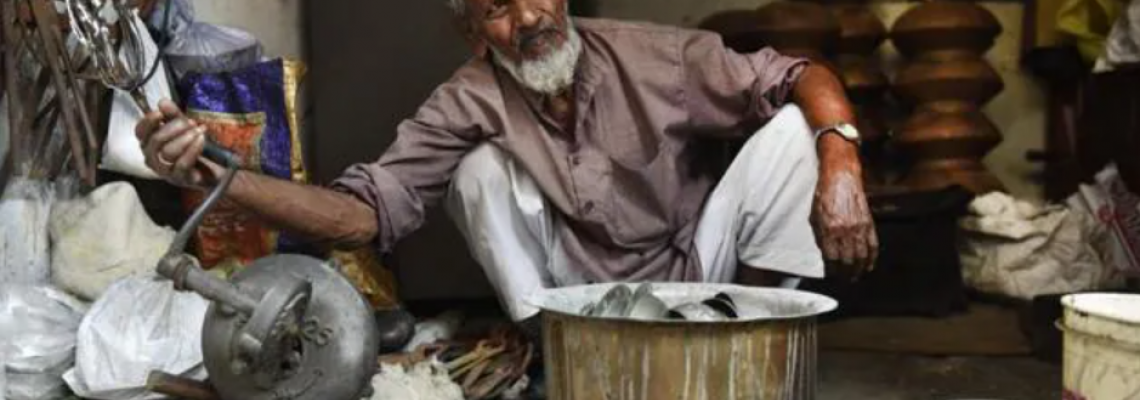Preserving Heritage: The Art of Handcrafted Utensils and the Masterful Artisans Behind Them

In a world that's constantly evolving with technological advancements and mass-produced goods, there's an undeniable allure in the simplicity and beauty of handcrafted utensils. These timeless treasures are not only practical tools for daily use but also pieces of art that tell stories of skilled artisans and their rich cultural heritage. In this blog, we embark on a journey to explore the captivating world of handcrafted utensils and the masterful artisans who breathe life into these remarkable creations.
The Beauty of Handcrafted Utensils
Handcrafted utensils are more than just functional tools; they are a testament to the creativity and ingenuity of human hands. Each piece is meticulously crafted with attention to detail, making it a unique work of art. The allure lies in the imperfections, as they showcase the human touch, distinct from the uniformity of mass-produced items. Whether it's a delicately carved wooden spoon, a rustic clay pot, or a skillfully hammered copper ladle, these utensils exude a sense of warmth and personality that factory-made alternatives simply cannot replicate.
The Artisans Behind the Craft
At the heart of this captivating world are the master artisans who dedicate their lives to preserving and passing down their craft from generation to generation. These skilled individuals possess an extraordinary level of expertise and an intimate understanding of their chosen materials. Their journey to mastery involves years of apprenticeship, learning the secrets of the trade, and an unyielding passion for their art.
Each region and culture boasts its own unique style and techniques, resulting in a diverse range of handcrafted utensils. From the blacksmiths who forge metal with rhythmic precision to the potters who mold clay with finesse, these artisans are the unsung heroes preserving their heritage through their craft.
Preservation of Traditional Techniques
In a fast-paced world where modernization often takes precedence, the preservation of traditional handcrafting techniques becomes crucial. Many of these methods have been passed down through centuries, and they hold the key to cultural identity and heritage. By practicing these time-honored techniques, artisans ensure that their cultural legacy endures, and they open the door for future generations to carry the torch of tradition.
Embracing Sustainability
Handcrafted utensils not only reflect the rich cultural tapestry of our world but also embody the principles of sustainability and eco-friendliness. Artisans often use locally sourced materials, reducing the carbon footprint associated with transportation and manufacturing. Additionally, the durability of handcrafted utensils means they are built to last, reducing the need for frequent replacements and contributing to a more sustainable lifestyle.
Preserving Connection through Utensils
Handcrafted utensils hold the power to create connections that span generations. An heirloom passed down through a family is not merely an object but a tangible link to one's ancestors and their way of life. These utensils become cherished possessions, carrying with them stories, memories, and the essence of those who once wielded them.
Conclusion
In a world where the disposable and the mass-produced have become the norm, the art of handcrafted utensils and the skilled artisans behind them stand as a shining example of the beauty and significance of slow, deliberate craftsmanship. By preserving their heritage, these artisans keep alive the traditions and values that have shaped their communities for centuries. As we embrace the charm and authenticity of handcrafted utensils, we honor the artisans and their dedication to keeping their cultural legacy alive for generations to come. Let us celebrate their artistry and hold in our hands not just utensils but also the essence of human creativity and connection.

Leave a Comment